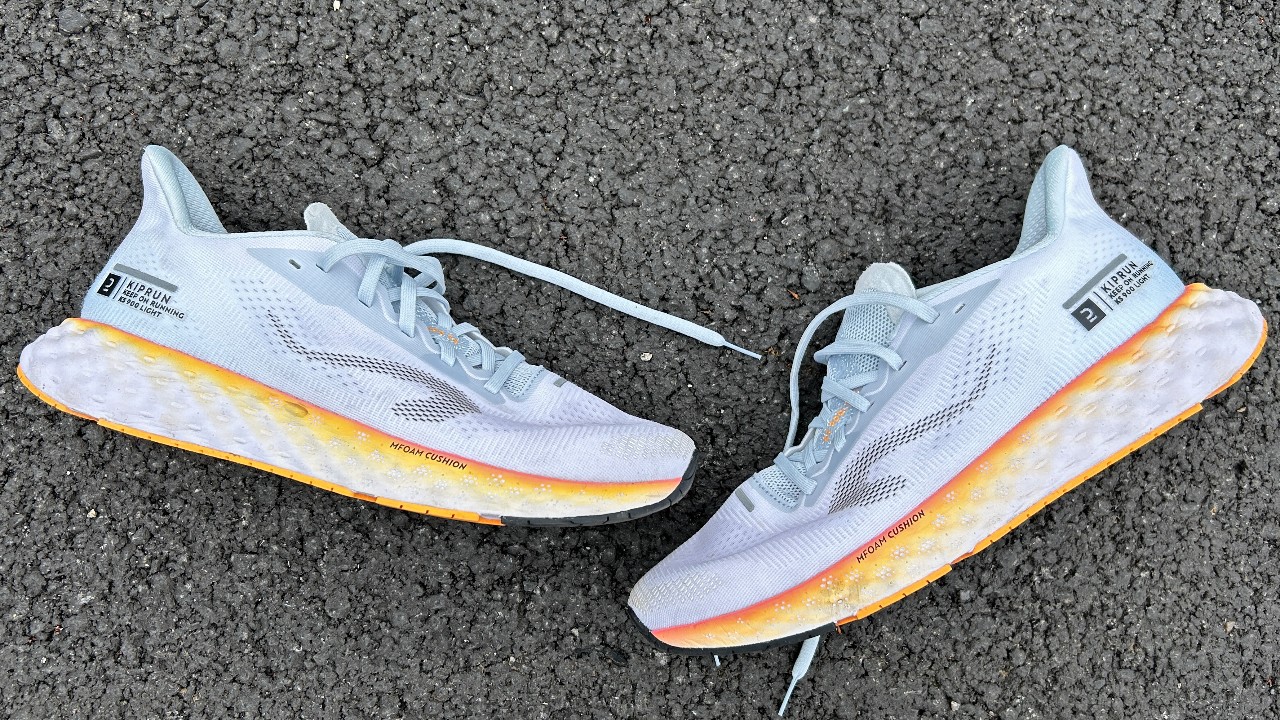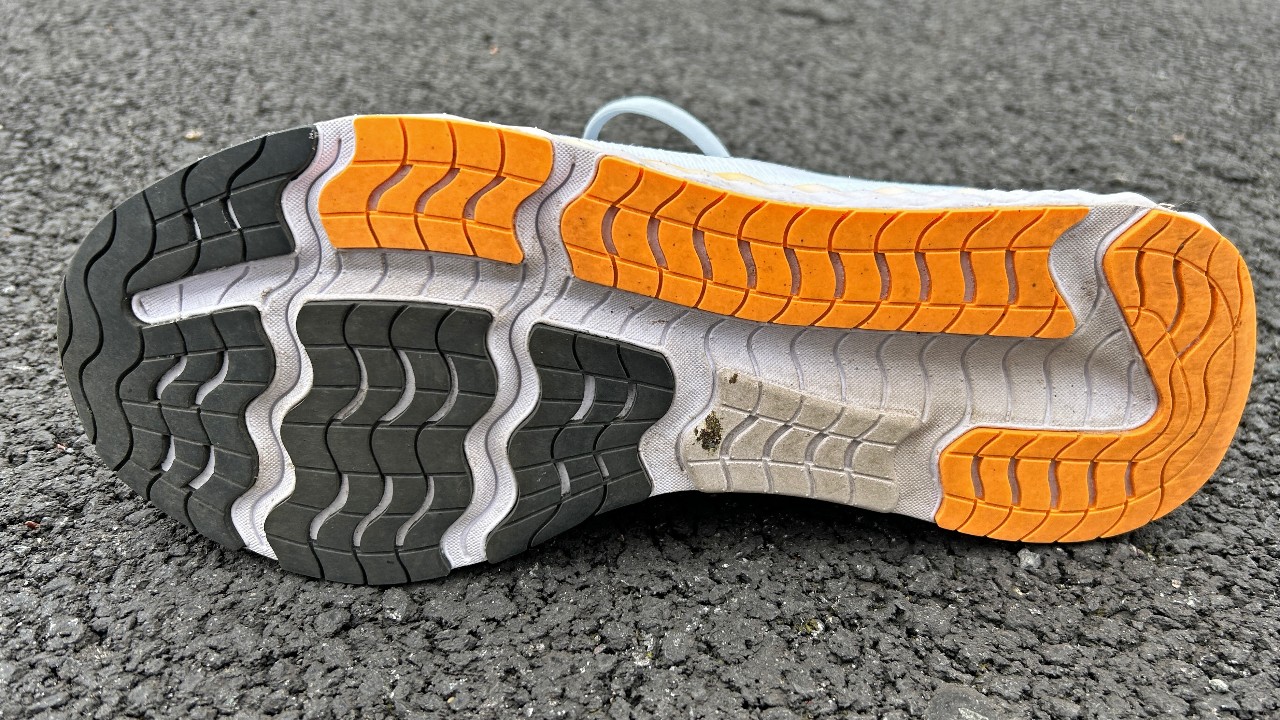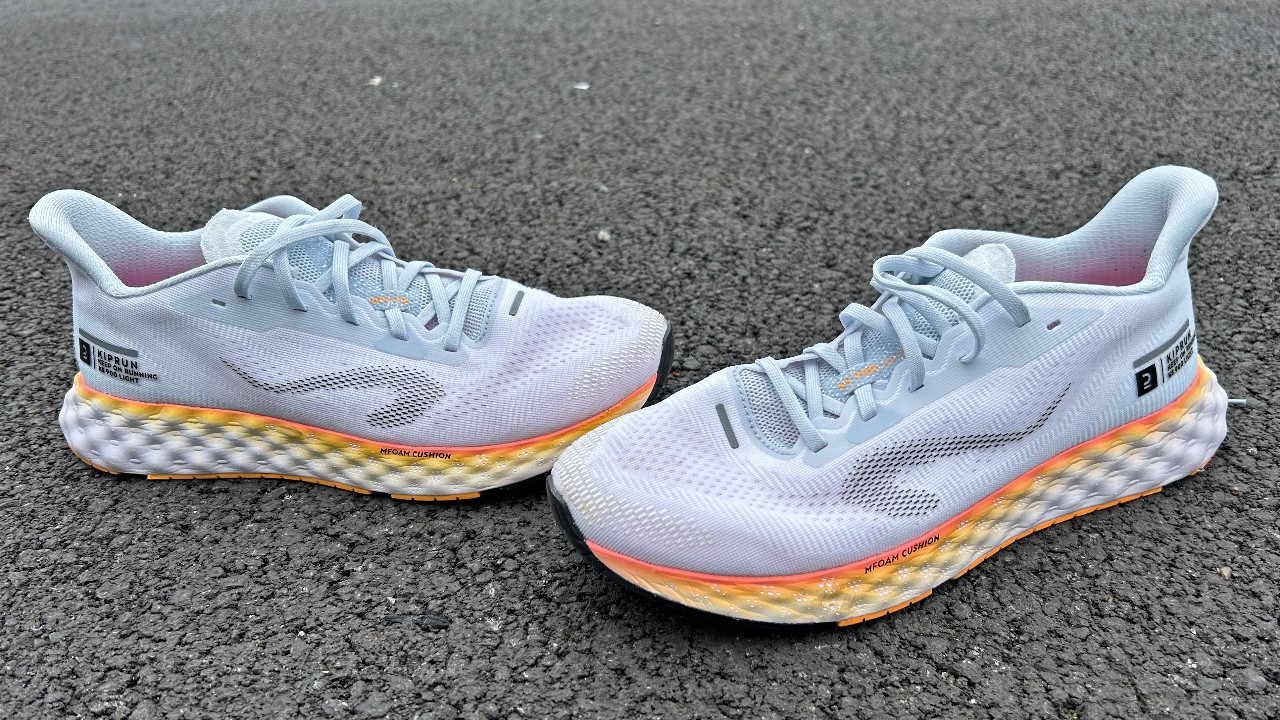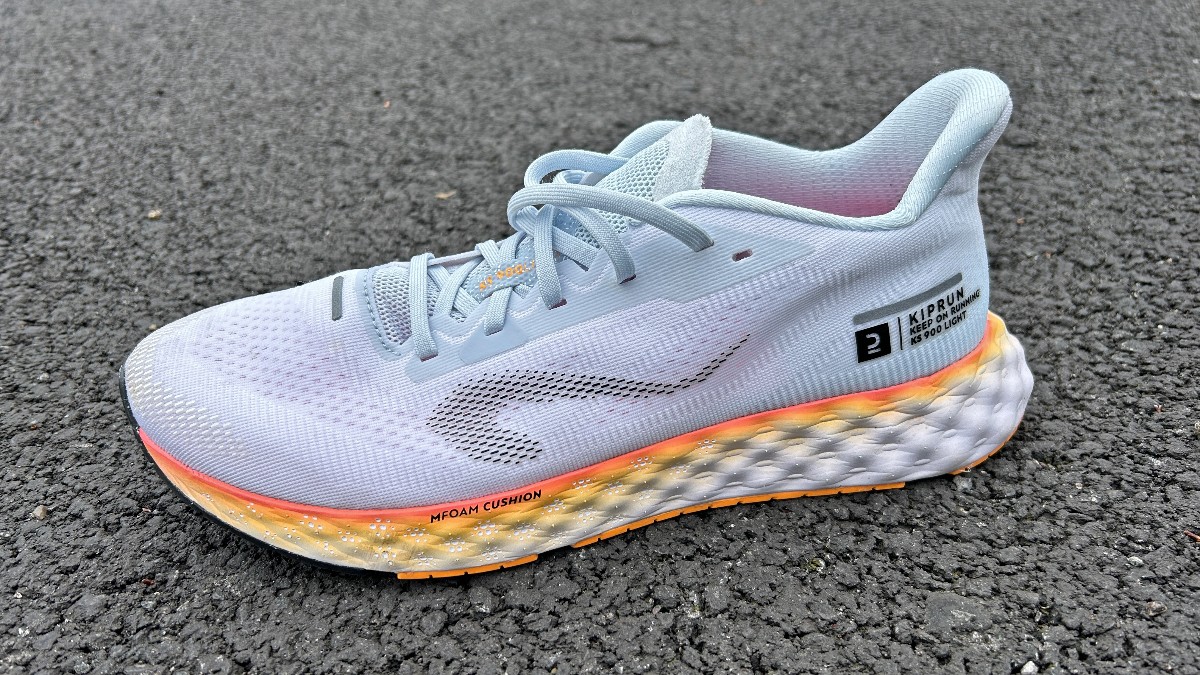Our Verdict
The Kiprun KS900 Light is a comfortable daily trainer that’s built to last. It’s good value too, as you’d expect from Decathlon. Even so, there are shoes I rate more highly that are available for a similar price or less, such as the Puma Velocity Nitro 2 or Reebok Floatride Energy 5.
For
- Comfortable cushioning
- Fairly light
- Good value
Against
- Flat ride
- Forefoot could be more cushioned
You can trust Coach
Decathlon is making a move to establish itself as a brand that produces some of the best running shoes, rather than one that just makes budget running shoes. The Kiprun KS900 Light may not quite be a budget shoe, but it still comes in cheaper than many rivals, while promising a soft ride and around 620 miles (1,000km) of running to ease any concerns about durability.
I enjoyed running in the Kiprun KS900 Light, and it stands up well against other cushioned daily trainers, with a comfortable and versatile ride. However, the midsole foam is a little dull, and at this price I’d be looking at the Puma Velocity Nitro 2 and Reebok Floatride Energy 5 in particular as more impressive alternatives.
Kiprun KS900 Light Review: Price And Availability
The KS900 Light launched in March 2023 and costs £89.99 in the UK and €100 in Europe. It’s not available in the US yet, but is sold in Canada for CAN$115.
Design And Fit
The Kiprun KS900 Light is the successor to the Kiprun KS900 and, as the name suggests, has been made lighter—10% lighter, according to Decathlon. I didn’t test the KS900 and so can’t comment on the reduced weight, but the new shoe weighs 9.9oz/281g in my UK size 9, which is neither especially heavy nor light for a shoe of this type.

In many ways, the Kiprun KS900 Light’s design is a throwback. It has a relatively low stack compared with many of the best cushioned shoes (Decathlon doesn’t give the stats but it seems to be around 30mm at the heel by my measurement) and the midsole is one piece of EVA foam without a pronounced rocker shape.
That EVA material is called MFOAM and it’s pretty soft. It’s designed primarily to absorb the impact of easy road running rather than deliver massive energy return for faster runs. The shoe has an 8mm drop from heel to toe.
The mesh upper has padding around the collar and tongue, and a raised heel tab to make it easier to put on. There is an internal heel counter to add stability, and the shoe holds the foot securely around the heel and midfoot, while having a spacious toe box. I tested a UK 9.5, which is half a size up on my usual size, and it did run a little long, so I’d stick to your usual running shoe size.
There is a thick rubber outsole that covers most of the bottom of the shoe and it has gripped well for me in wet conditions. It’s built for the road, though, and can slip on wet trails—which I found to my cost when I dipped into my local forest and found conditions muddier than expected.
How I Tested This Shoe
I’ve run 30 miles (50km) in the Kiprun KS900 Light, mainly doing short and easy runs, with a couple of 10Ks including one where I progressed the pace down to around 3min 30sec/km. I have also tested the Kiprun KD900X carbon plate running shoe, and a range of the best cushioned shoes on the market from other brands.
Running Performance

The Kiprun KS900 Light has great step-in comfort, with the upper cradling the foot at the back. Given the EVA midsole and 1,000km durability promise, I expected the shoe to have a break-in period, but actually it felt comfortable underfoot from the off.
The shoe doesn’t provide an especially springy or exciting ride, but it does protect the legs and ticks over nicely on easy runs. As a heelstriker, I found the shoe soft and stable on landing and I was happy to reach for it for recovery runs on tired legs after a marathon.
When you try to increase the pace in the shoe it doesn’t have the smoothest transition onto your toes. I noticed the lack of a rocker when moving through the gears, and you don’t get much energy return from the foam on toe-off. It’s light and nimble enough to wear for faster training runs but it’s not as enjoyable for speed sessions, and is less versatile than other daily trainers in its price range like the Puma Velocity Nitro 2.
I’d also like more forefoot cushioning. Even though the midsole is quite soft, the stack isn’t that high under the toes. I could feel some discomfort there on runs over 10K. It’s not too harsh and, at easy paces, I felt there was enough protection for longer runs. However, when putting more impact into the shoe on faster runs, I noticed the lack of forefoot cushioning compared with other shoes.
Is The Kiprun KS900 Light Worth It?

The KS900 Light is worth its fairly modest price as a cushioned daily trainer that will be enjoyable to use for many hundreds of miles of easy running. It’s not the most versatile daily trainer available, but it will also handle your speed days well if you like to use one shoe for all your runs.
However, if I was looking for a shoe at this price the Puma Velocity Nitro 2 is the stand-out because of its more comfortable and springy midsole, which makes it more versatile and enjoyable to use. It’s more expensive than the KS900 Light, at £100 in the UK, but is also usually found in sales.
Another great option that comes in cheaper than the KS900 Light is the Reebok Floatride Energy 5, which is $110/£85. It has a similar feel to the KS900 Light underfoot, though slightly firmer, and is lighter and better suited to fast training runs.

Nick Harris-Fry is a journalist who has been covering health and fitness since 2015. Nick is an avid runner, covering 70-110km a week, which gives him ample opportunity to test a wide range of running shoes and running gear. He is also the chief tester for fitness trackers and running watches, treadmills and exercise bikes, and workout headphones.

